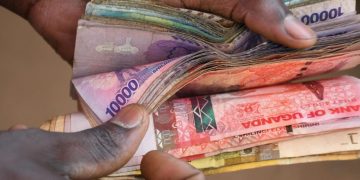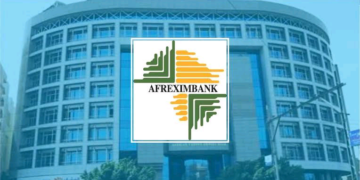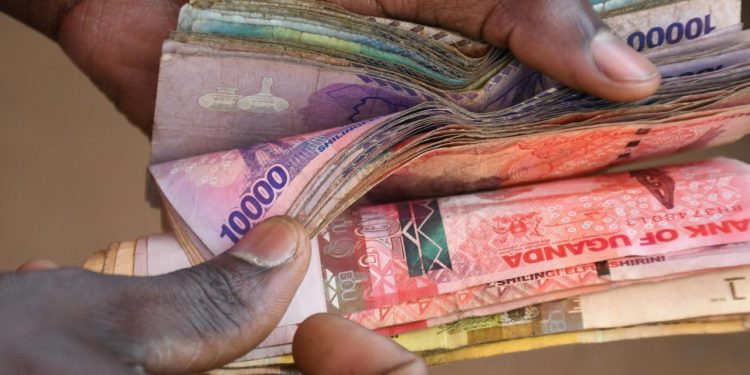By John Ikani
The Bank of Uganda has warned that the shilling’s relative stability since the beginning of the year may be threatened by growing external financing demands.
The shilling had previously suffered a sharp depreciation in December 2021, when it was traded at around Shs3,700 per dollar.
As of yesterday, the shilling began at Shs3,757.42 per dollar and closed at Shs3,746.08.
While the Bank of Uganda did not specify which financing demands were placing pressure on the shilling, it has previously cited debt and loan repayment as key drivers.
Bank of Uganda Deputy Governor, Michael Atingi-Ego, warned that rising external funding needs could lead to shilling depreciation, stating that ongoing capital outflows and debt defaults have already made the currency more volatile against the dollar.
Debt payment has also negatively impacted foreign exchange reserves, which had dropped to $3.5 billion before the Central Bank boosted them to $3.7 billion through reserve building.
Despite these concerns, Dr. Atingi-Ego noted that the economy has demonstrated resilience and is on track to recover, thanks in part to improved service and agricultural production.
However, the second-quarter growth for the 2022/23 fiscal year fell to 4.4% from the previous year’s 9.2%, due to industrial production and service output growth slowdowns.
To promote both economic recovery and moderation in the money supply, the Bank of Uganda also announced that the Central Bank Rate will remain at 10%.
However, Dr. Atingi-Ego warned that adverse risks to economic growth, such as weaker-than-expected global economic growth and cost-of-living pressures, could significantly impact private sector investment and household spending.
He added that other risks, such as lower commodity prices, unfavorable weather conditions, the resurgence of supply chain distortions caused by geopolitical tensions, and much tighter and more volatile global financial conditions, could also impact economic growth.




































